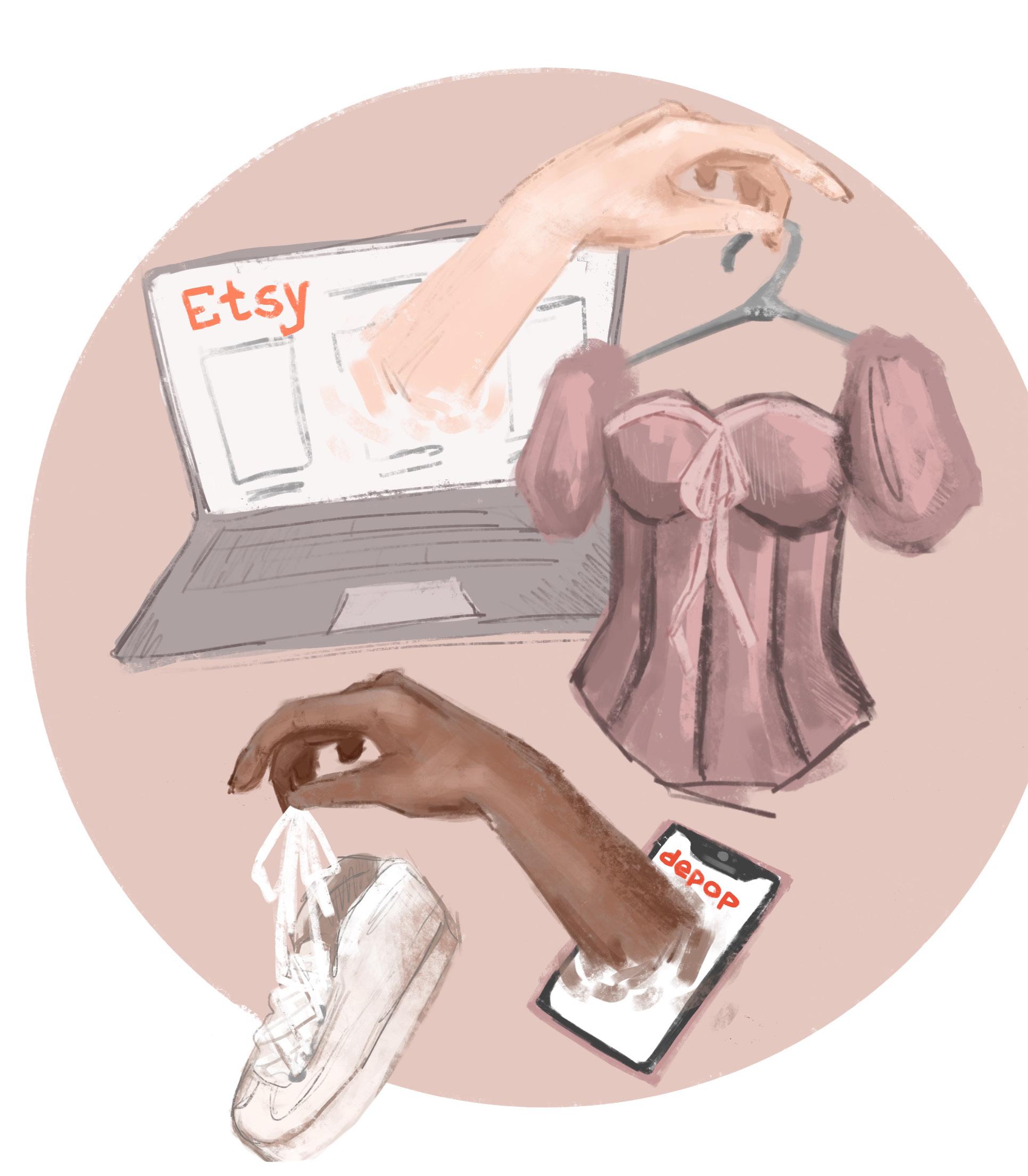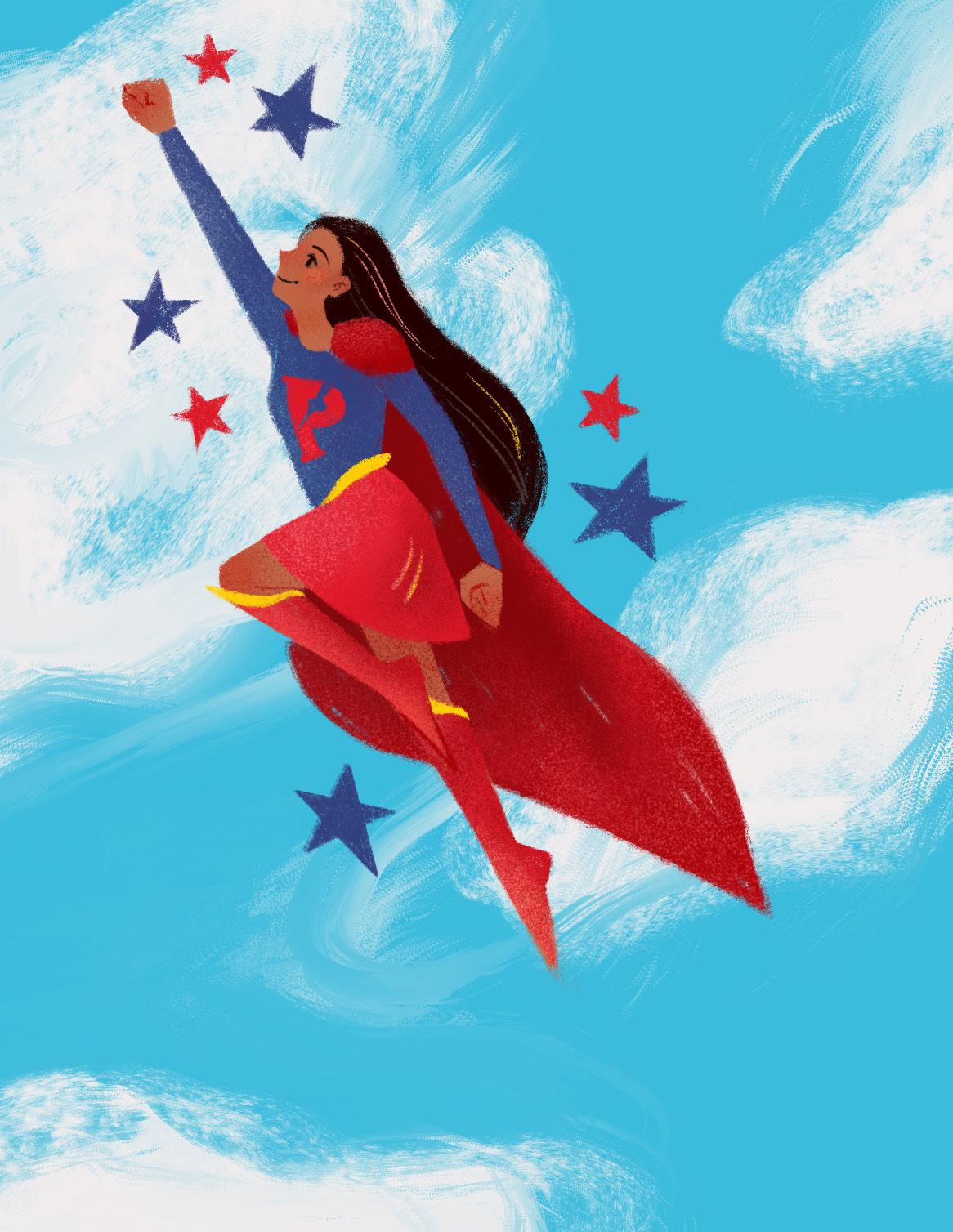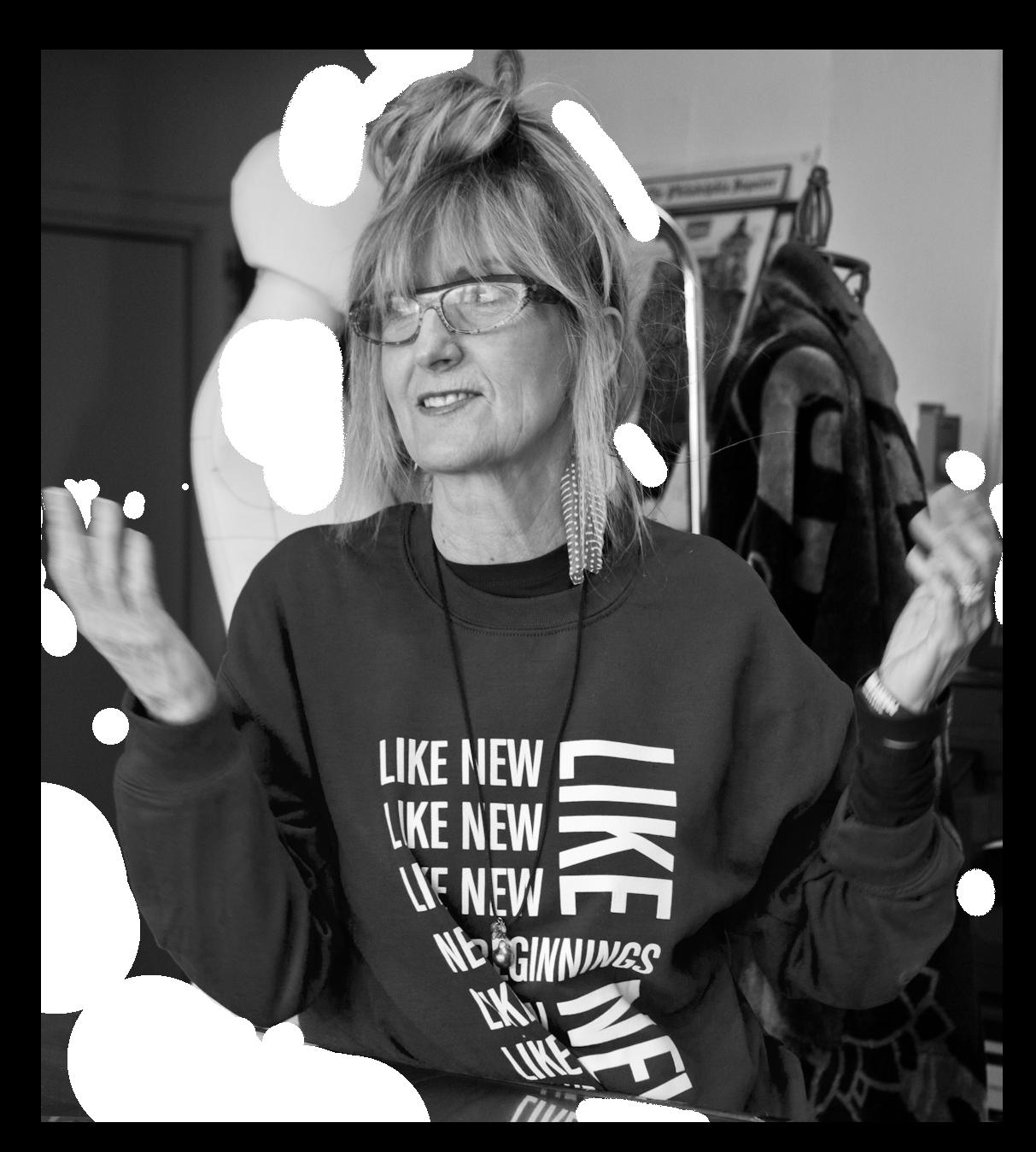HAUTE Exploring how the storied history of several distinct African cultures influence high fashion today, and paying homage to the groundbreaking African designers who pioneered their crafts. BY ADDIE BROWN C’23. ILLUSTRATION BY JESSI OLARSCH C’21.
A
t El Badi Palace in Marrakesh, Morocco, Karlie Kloss and Lupita Nyongo’o sat front row while candles and bonfires lit the makeshift runway. The evening of April 29, Dior creative director Maria Grazia Chiuri presented the label’s ‘Common Ground’ collection at the Dior 2020 Cruise show. This isn’t the first time the fashion house connected with the city of Marrakesh – both Christian Dior himself and John Galliano created designs inspired by the city during their respective tenures as creative directors. However, Chiuri opted to take a different approach to incorporating traditional Moroccan design into her collection. Chiuri collaborated with anthropologists and local artists for the design and creation of her collection, reinterpreting classic Dior prints with traditional African textiles. Uniwax, a studio/atelier from the Ivory Coast, created custom-made revised versions of fifteen classic Dior prints like Tarot and toile de Jouy. These designs were then either incorporated into silk jacquards or cotton that had been grown, spun, woven, and printed in Africa. Chiuri said before the show that part of her goal was to highlight the fact that “couture” shouldn’t only refer to the work of an atelier in France, rather it is about culture and the history of human labor in fabric-making and design. However, Chiuri’s venture also brings up the issue of commodification in Africa. Many critics were quick to point out that the entire affair operated through an underlying tone of neo-colonialism. Given that the buyers of these pieces might not even understand their meaning or cultural significance, many criticized a luxurious European company built on colonialism and classism for continuing to exploit and profit from cultures suffering from deep histories of injustice. The concept of ”haute couture” has always been dominated and defined by the traditional European labels of high fashion throughout history. As a result, African designers have much less of a platform for their creations than those in the Western world, resulting in a scarcity of
42
THE WALK MAGAZINE
SPRING 2020
their artistic visions in the global arena. Just this past January, Cameroonian designer Imane Ayissi became the first African designer to debut at Paris Fashion Week. It took 28 years for the now 51-year-old to convince the Fédération de la Haute Couture et de la Mode to open its doors to Ayissi after rejecting many of his applications due to their strict rules and regulations. His show was set in a Paris hotel to traditional West African music, showcasing his contemporary Western-style designs that were made from faso dan fani, a cotton cloth from Burkina Faso. Ayissi also aims to destroy false conceptions about Africa and highlight the fact that it is not a unilateral nation but a continent composed of many diverse countries with distinct cultural histories and traditions, which he said should not be overlooked as African fashion emerges into the sphere of the western world. “Africa isn’t a country, it’s a continent! We deserve better than these simplistic clichés, which sadden me,” he explains in a British Vogue article. “It’s my mission to show how hugely diverse our cultures are.” Kenneth Ize, a Nigerian designer known for his label “Ize,” worked with weavers of Asoke ( handwoven check designs from Nigeria) to incorporate into his collection that also debuted at Paris Fashion Week this year alongside Ayissi. With Naomi Campbell closing for his show, the successful presence of African designers in the traditional haute couture arena is a significant milestone in the industry. Prior to this year, African designers had never been considered in the same category of haute couture. Also hailing from Nigeria is Lisa Folawiyo, who transformed the traditional Ankara cloth of West Africa into prints even more unique and alluring through the use of embellishment. Her pieces have been showcased at New York Fashion week and even worn publically by celebrities like Solange Knowles. The garments are handcrafted by expert artisans, a long and painstaking process that can take up to 240 hours. Folawiyo believes that embracing the collaboration of traditional African fabrics and








